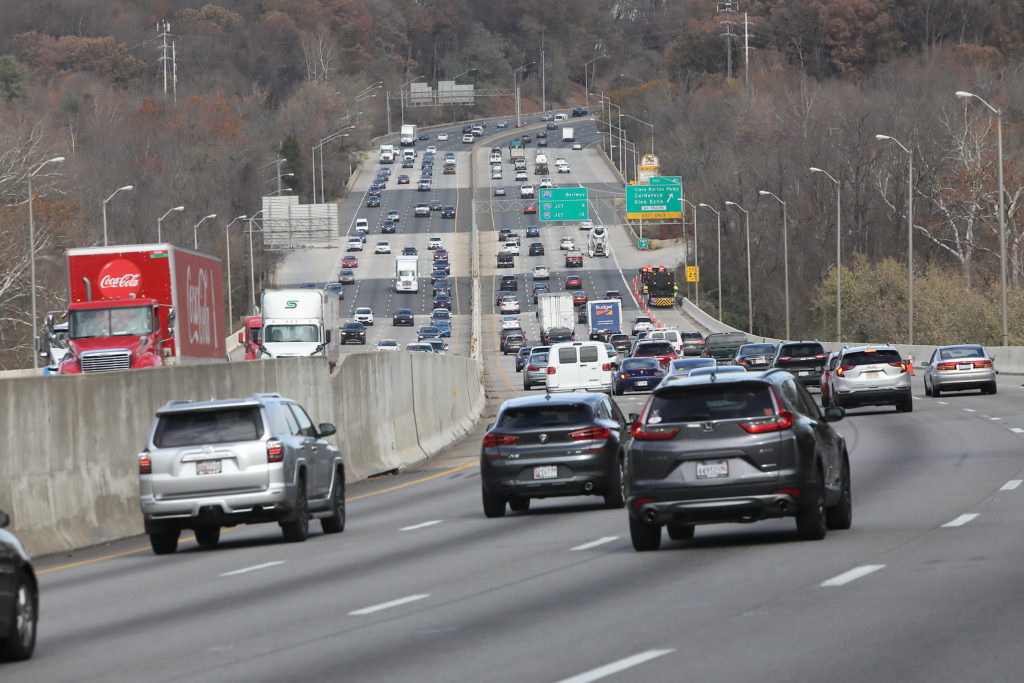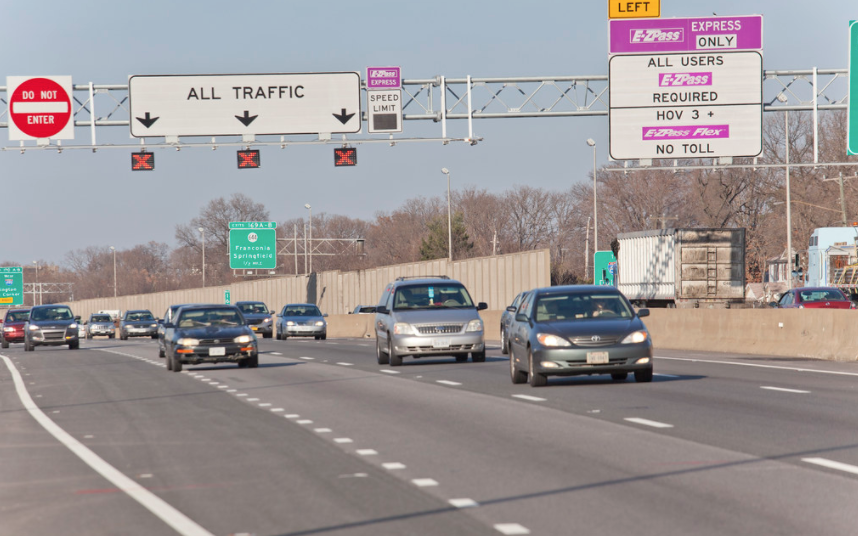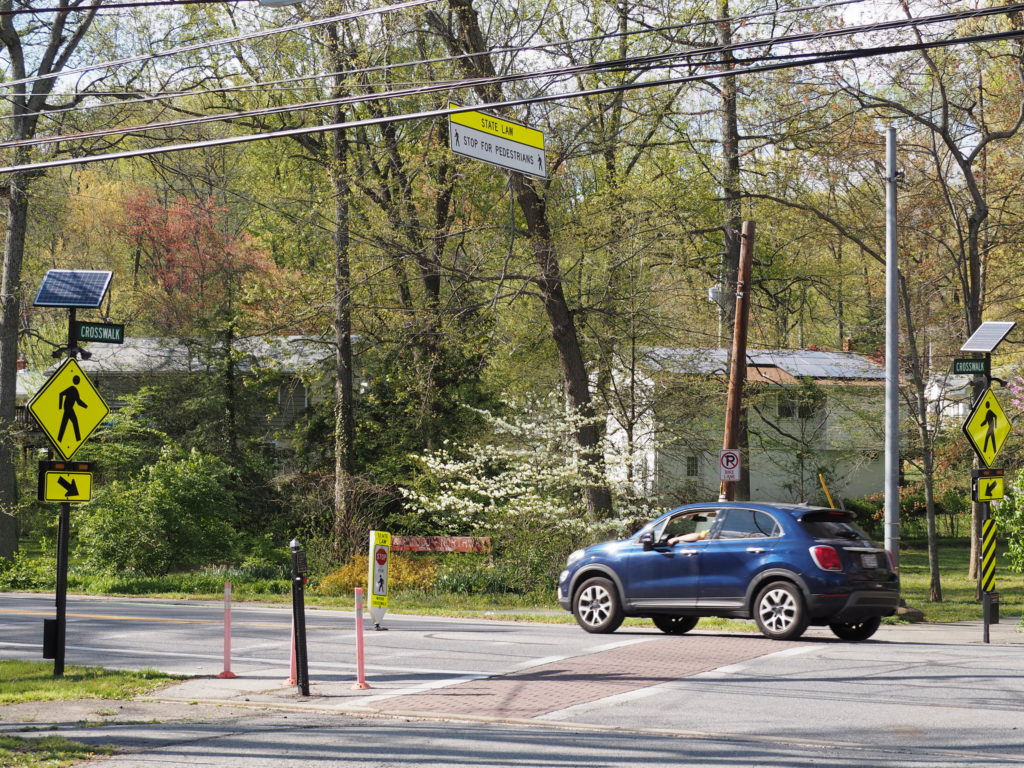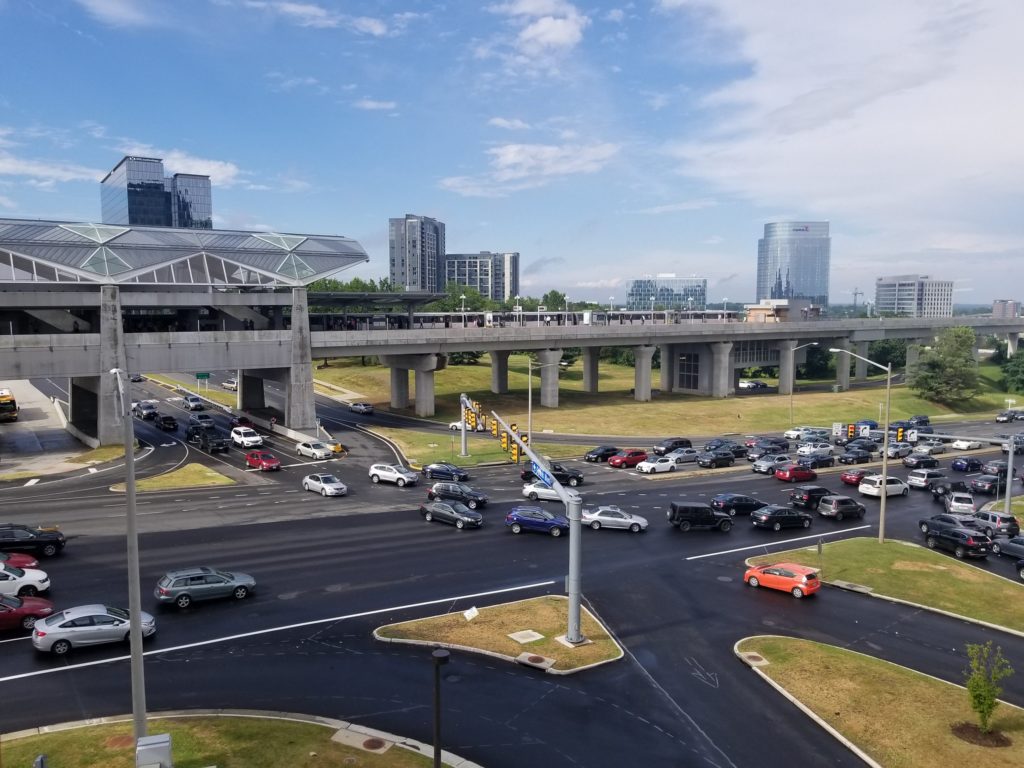The region’s extensive highway and road network provides connectivity for people and goods to destinations across the region. Every day, millions of people travel on our region’s roads to access jobs, schools, and medical care, as well as shopping, entertainment, and recreational opportunities. Roads also carry most goods deliveries to homes, schools, businesses, and stores in the region.
Learn more about the TPB planning activities, including the federally required CMP and Performance-Based Planning and Performance activities:
Congestion Management Process (CMP): Four major CMP components are integrated into the region’s long-range transportation plan. Each component reflects the federal law and regulations
The components consist of:
- Monitoring and evaluating transportation system performance
- Defining and analyzing strategies The TPB’s congestion management strategies generally fall into two categories – demand management strategies and operational management strategies. Major CMP Strategies – Congestion Management Process | Metropolitan Washington Council of Governments (mwcog.org)
- Implementing strategies:
- Compiling project-specific congestion management information
- Addressing congestion and meeting regional goals is an integral part of the TPB work activities. This link will explain the travel monitoring activities associated with the CMP to inform decision makers on the region’s congestion. https://www.mwcog.org/transportation/planning-areas/management-operations-and-safety/cmp/considering-the-results-of-the-cmp/
- Congestion Management Report: This report provides technical details and updated congestion information and congestion management strategies on the region’s transportation systems, as well as the process integrating the Congestion Management Process into Visualize 2045.https://www.mwcog.org/documents/2016/09/09/congestion-management-process-cmp-technical-report-congestion-management-process/
- National Capital Region Congestion Report
https://www.mwcog.org/documents/2019/02/11/national-capital-region-congestion-report-congestion/
Performance-Based Planning and Programming (PBPP) is a federal requirement that requires states and MPOs to “transition to a performance-driven, outcome-based program that provides for a greater level of transparency and accountability, improved project decision-making, and more efficient investment of Federal transportation funds.” To accomplish this, the PBPP process ties the funding of projects and programs to improving measured performance and achieving targets set for future performance. Many of these measures relate to ensuring system maintenance, safety and congestion.




